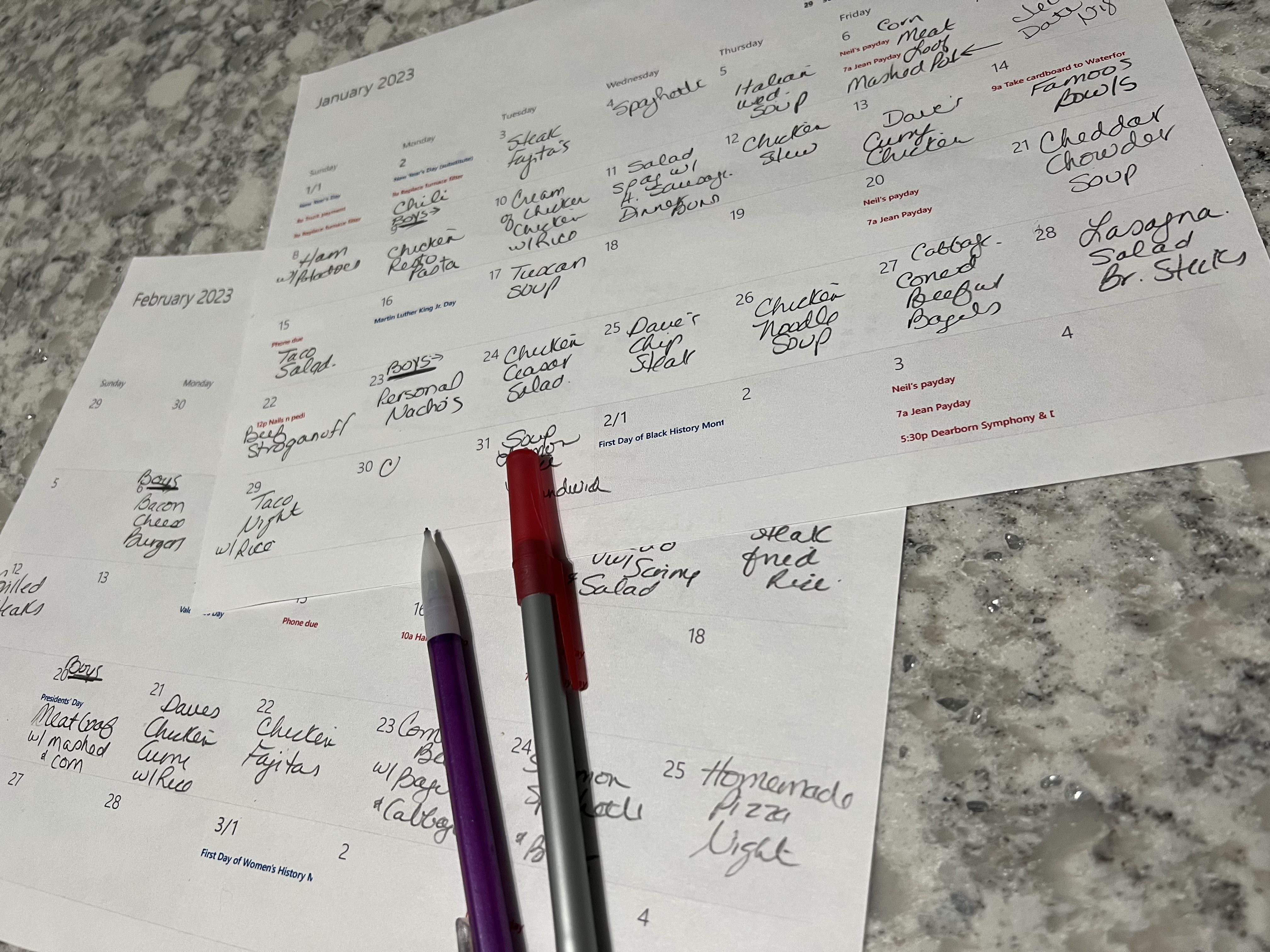
As an instructor in both gardening and cooking, I realize this is a topic not often touched on. Many of my students are surprised when I tell them they shouldn’t store their onions or garlic in the refrigerator!
Many people underestimate the impact that improper storage can have on the taste and quality of their produce. In this article, I will share valuable insights on why proper storage is important, the ideal temperature and humidity for storing fruits and vegetables, tips for storing fruits and vegetables in the refrigerator, common mistakes to avoid, how to prevent cross-contamination, the best storage containers, how long you can store different types of produce, and how to properly wash and prepare your fruits and vegetables before storing them.
Why is proper storage important for fruits and vegetables?

Proper storage is crucial for fruits and vegetables because it can significantly impact their shelf life and quality. When fruits and vegetables are not stored correctly, they can spoil quickly, leading to food waste and financial losses. Additionally, improper storage can cause the loss of important nutrients, such as vitamins and minerals, which are essential for our health. By understanding the ideal storage conditions for different types of produce, we can prolong their freshness, maintain their nutritional value, and reduce waste.
The ideal temperature and humidity for storing fruits and vegetables

Temperature and humidity play a vital role in maintaining the freshness of fruits and vegetables. The ideal temperature range for storing most fruits and vegetables is between 32°F (0°C) and 40°F (4°C). However, it’s important to note that some fruits, such as bananas and tomatoes, are sensitive to cold temperatures and should be stored at slightly higher temperatures, around 50°F (10°C). On the other hand, leafy greens and herbs prefer cooler temperatures, ideally between 32°F (0°C) and 36°F (2°C).

Join the list
Join hundreds of our subscribers and be the first to know about new content and special offers.
In terms of humidity, most fruits and vegetables thrive in high humidity environments. The ideal humidity range for storing produce is between 85% and 95%. High humidity helps to prevent moisture loss, which can lead to wilting and shriveling. However, it’s important to note that some fruits, like citrus fruits, prefer lower humidity levels to prevent mold growth. Therefore, it’s essential to consider the specific needs of each type of produce when adjusting the humidity settings in your refrigerator.
Tips for storing fruits in the refrigerator

Storing fruits in the refrigerator is a great way to extend their freshness. Here are some tips to ensure optimal storage conditions for your fruits:
- Separate ethylene-producing fruits: Some fruits, such as apples, bananas, and tomatoes, produce a natural ripening agent called ethylene. This gas can speed up the ripening process of other fruits and cause them to spoil quickly. To prevent this, store ethylene-producing fruits separately from other fruits, or place them in a paper bag to contain the gas.
- Avoid washing before storage: It’s best to avoid washing fruits before storing them in the refrigerator. Moisture can promote the growth of mold and bacteria, leading to faster spoilage. Instead, wash the fruits right before consuming or preparing them.
- Utilize crisper drawers: Most refrigerators come with crisper drawers specifically designed for storing fruits and vegetables. These drawers have adjustable humidity settings that can help maintain the freshness of your produce. Place your fruits in one drawer and adjust the humidity level according to their specific needs.
Tips for storing vegetables in the refrigerator
Proper storage is equally important for vegetables to maintain their quality and taste. Here are some tips to keep your vegetables fresh in the refrigerator:

- Remove any rubber bands or ties: Before storing vegetables, remove any rubber bands or ties that may restrict their airflow. This will help prevent condensation and mold growth.
- Wrap leafy greens in paper towels: Leafy greens, such as lettuce and spinach, tend to wilt quickly when exposed to excess moisture. To keep them crisp, wrap them loosely in paper towels before placing them in a plastic bag or container. The paper towels will absorb excess moisture, extending the shelf life of your greens.
- Store root vegetables separately: Root vegetables, such as carrots and potatoes, should be stored separately from other vegetables. They emit moisture and ethylene gas, which can accelerate the spoilage of other produce. Store root vegetables in a cool, dark place, away from fruits and other vegetables.
Common mistakes to avoid when storing fruits and vegetables
While it’s essential to know the best practices for storing fruits and vegetables, it’s equally important to be aware of common mistakes that can compromise their freshness. Here are some mistakes to avoid:
- Storing ripe and unripe fruits together: Ripe fruits emit more ethylene gas, which can cause unripe fruits to spoil quickly. Keep ripe and unripe fruits separate to prevent premature spoilage.
- Storing fruits and vegetables in sealed plastic bags: While plastic bags can help contain moisture, they can also trap ethylene gas and cause produce to rot. Instead, opt for breathable bags or containers that allow for proper airflow.
- Overcrowding the refrigerator: Overcrowding your refrigerator can restrict airflow, leading to uneven temperatures and increased humidity. Make sure to leave enough space between your fruits and vegetables for proper air circulation.
How to prevent cross-contamination in your refrigerator
Cross-contamination can occur when bacteria or mold from one food item spread to another. To prevent cross-contamination in your refrigerator, follow these guidelines:

- Keep meat and seafood separate: Store raw meat and seafood in sealed containers or on a separate shelf to prevent their juices from coming into contact with other foods. This will reduce the risk of bacterial contamination.
- Clean spills and leaks promptly: If any food items leak or spill in your refrigerator, clean it up immediately. Bacteria can thrive in these conditions and contaminate other foods.
- Regularly clean your refrigerator: Regularly clean and sanitize your refrigerator to remove any potential mold or bacteria. Pay special attention to the shelves and drawers where fruits and vegetables are stored.
The best storage containers for fruits and vegetables
Choosing the right storage containers can help prolong the freshness of your fruits and vegetables. Here are some options to consider:

- Glass containers: Glass containers are a great choice for storing fruits and vegetables as they are non-porous, preventing the absorption of odors and flavors. They are also easy to clean and can be used in the refrigerator and freezer.
- Produce-specific bags: Some brands offer produce-specific bags that are designed to extend the shelf life of fruits and vegetables. These bags help maintain optimal humidity levels and can significantly reduce spoilage.
- Reusable silicone bags: Reusable silicone bags are a sustainable option for storing produce. They are airtight, keeping fruits and vegetables fresh for longer, and can be easily washed and reused.
How long can you store different types of fruits and vegetables?
The shelf life of fruits and vegetables can vary depending on the type and condition of the produce. Here are some general guidelines for storing common fruits and vegetables:
- Apples: Apples can be stored in the refrigerator for up to 2-3 months.
- Berries: Berries are delicate and should be consumed within a few days. Store them in a single layer in the refrigerator and avoid washing until ready to eat.
- Carrots: Carrots can be stored in the refrigerator for up to 2-3 weeks. Remove the tops before storing to prevent moisture loss.
- Leafy greens: Leafy greens, such as lettuce and spinach, can be stored in the refrigerator for up to 1-2 weeks when properly wrapped in paper towels.

How to properly wash and prepare fruits and vegetables before storing
Properly washing and preparing your fruits and vegetables before storing them is essential to remove dirt, bacteria, and pesticides. Here’s a step-by-step guide:
- Wash your hands: Before handling any produce, wash your hands thoroughly with soap and water.
- Rinse under cold water: Rinse your fruits and vegetables under cold running water to remove any visible dirt or debris.
- Scrub if necessary: For firm produce like apples or cucumbers, scrub the surface with a vegetable brush to remove any stubborn dirt or wax.
- Pat dry: After washing, pat your produce dry with a clean towel or paper towels. Excess moisture can promote the growth of mold and bacteria.
- Peel or cut if desired: If you prefer to peel or cut your fruits and vegetables before storing, do so right before consumption to minimize nutrient loss.
Conclusion
Properly storing fruits and vegetables in your refrigerator is essential for preserving their freshness, taste, and nutritional value. By understanding the ideal temperature and humidity conditions, avoiding common mistakes, preventing cross-contamination, using the right storage containers, and following proper washing and preparation techniques, you can extend the shelf life of your produce and reduce food waste. So, the next time you stock up on fruits and vegetables, remember these tips to ensure their longevity and enjoy the benefits of fresh and nutritious produce every day.
CTA: Join our mailing list to receive more tips on healthy eating and sustainable living.
If you enjoyed this blog , please LIKE, Follow, Share & leave me a comment! I love your feedback!
If you aren’t following me on Facebook & Instagram, go on over & give a LIKE & Follow me for daily tips & tricks for your home & garden!
Remember to eat fresh, shop local, & have a happy day,
Jean
Copyright Policy
All text and images on this site are copyright of For Dragonflies And Me. Unless otherwise noted, you may not use this content
This post may contain affiliate links. If you choose to purchase through an affiliate link, I may receive a small commission at no additional cost to you. You can see my full disclaimer here.






























